Our Purpose
What are the impacts of a changing climate?
Our changing climate is leading to more extreme weather events. With predicted trends towards hotter, drier summers and warmer, wetter winters.
Worst case scenarios for the region estimate it will be 23% drier in summer and 7% wetter in winter by the year 2050, leading to increased frequency and intensity of both heatwaves and storms. (Weathering the Storm, SWM, 2022)
Climate change impacts us all, from flood damaged property to additional stress on services like the NHS, these events have a huge economic and social impact.
Unpredictable weather has become an increasing challenge for those managing land and producing the food we need, resulting in failed crops, reduced yields and changeable growing seasons.
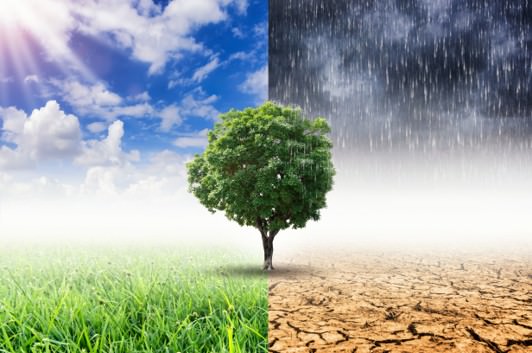
Ridge to River can support growers to prepare for future climate scenarios, through protecting the natural resources which we rely on for food production
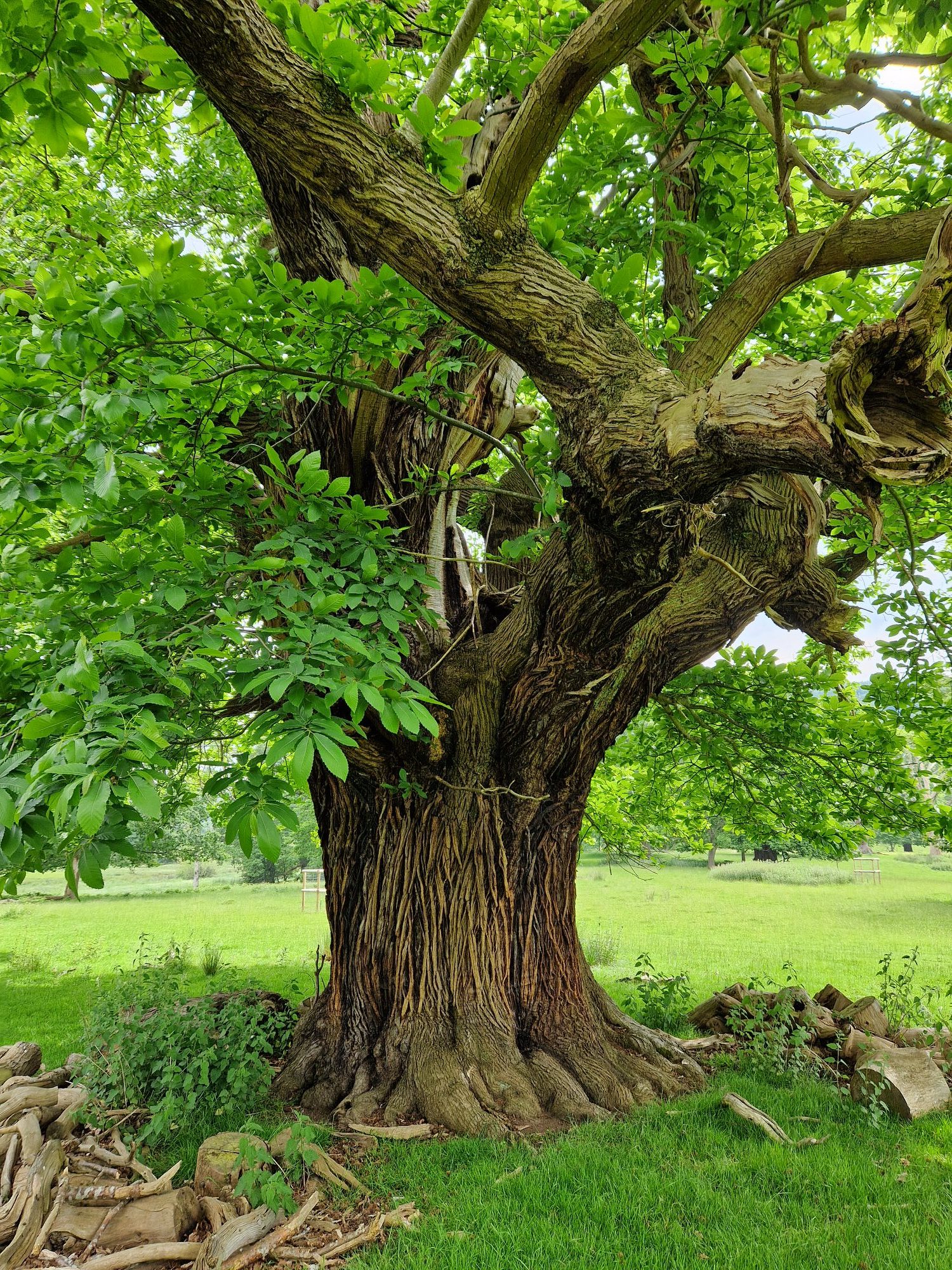
The threats to nature
UK wildlife has been having a hard time, with a reported decline in species abundance of 32% since 1970, and a predicted 13% threatened with extinction.
The climate emergency and nature decline our linked, but loss of connectivity and degradation of habitats in the landscape has also played a part.
In England, the Government has pledged to restore or create over 500,000 hectares of wildlife-rich habitat by 2042.
The Ridge to River Project can play a significant role in halting Herefordshire’s nature decline; by restoring ecosystem services and ecological function, we will enhance biodiversity and help reverse the trend.
What are ecosystem services?
Ecosystems provide essential services for human existence, supplying elements of nature that either directly or indirectly bring value to people by providing food, energy, clean air and water.
Properly functioning ecosystems reduce risk and provide social value, protecting us from extreme weather events, improving health and wellbeing and providing food security.
Ridge to River will support the restoration of functioning ecosystems in the project area, identifying land management opportunities which enhance environmental and economic resilience.
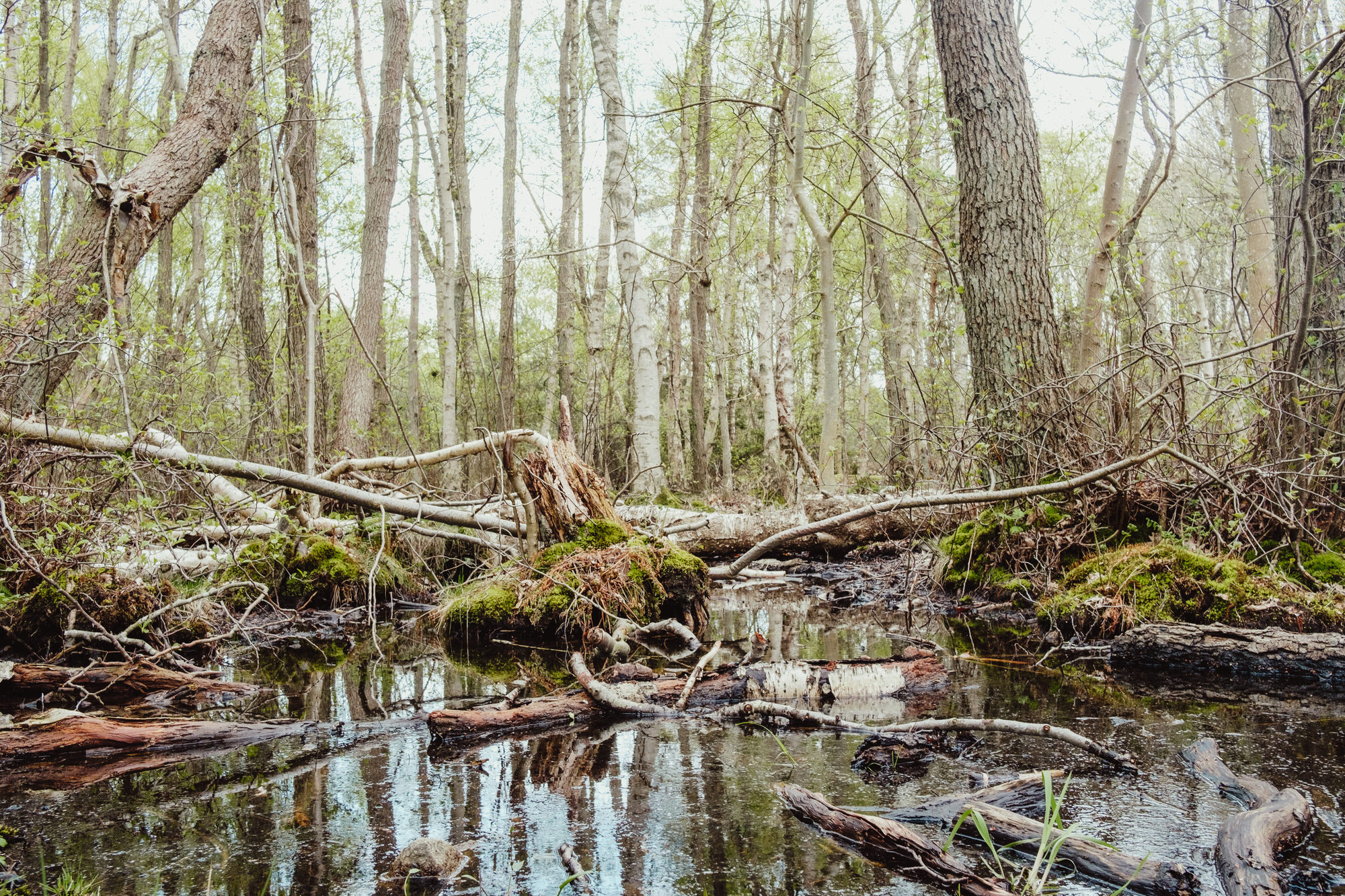
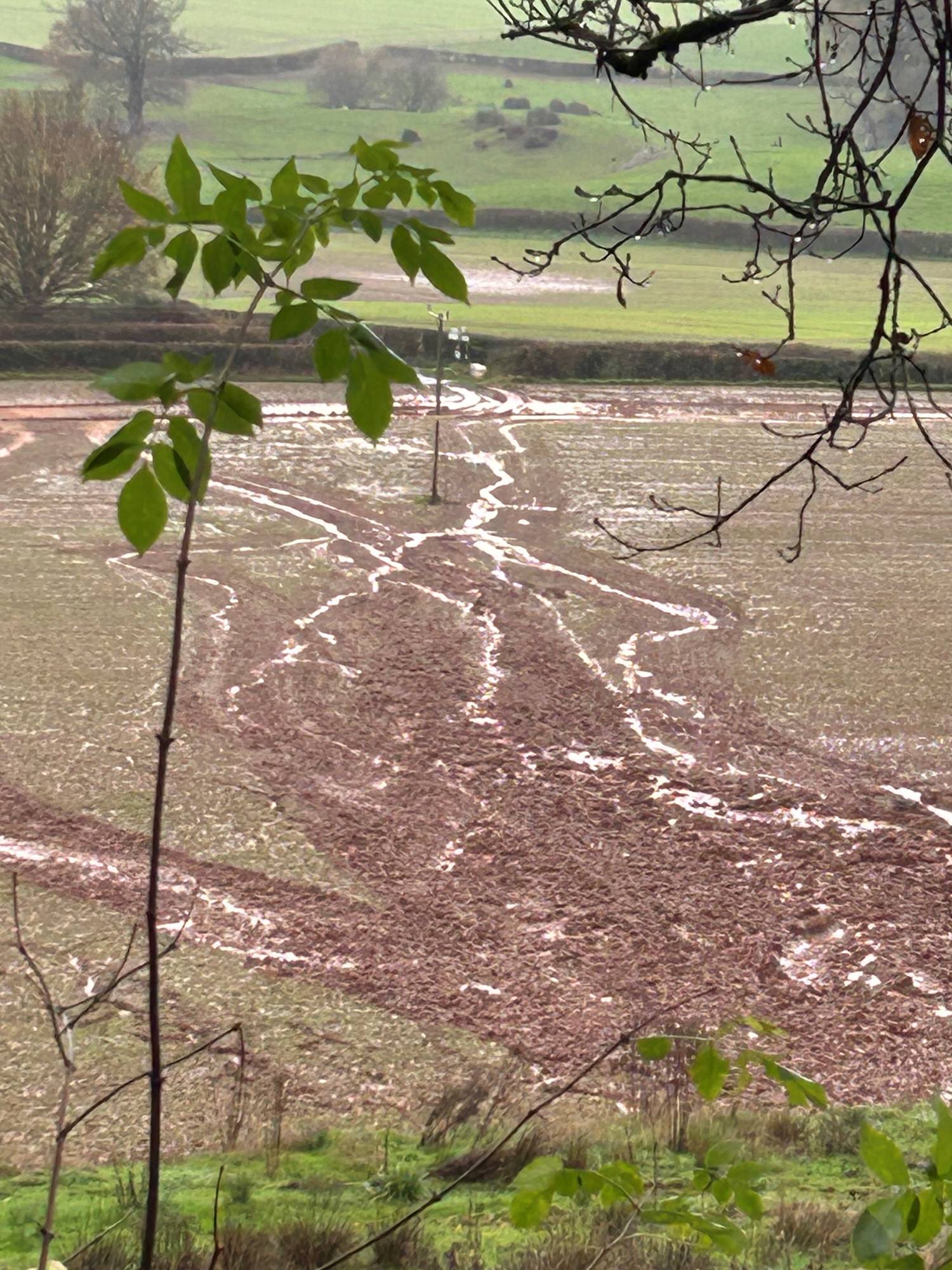
What are the policy drivers?
The UK Governments commitment to reach carbon net zero by 2050 is a challenge all sectors must meet. Working collaboratively across business and matching mutually beneficial projects with be the key to success.
The Environment plan, State of Nature report and Local Nature Recovery Strategy provide the blueprint. The Ridge to River project will deliver long-term, nature-based projects which contribute towards environmental targets.
Ridge to River is underpinned by a framework of national and local policy, informing the outcomes for delivery.
The plan
Over a two-year Development Phase, we will develop the framework for a twenty-year implementation period by preparing a series of comprehensive plans.
Plans will detail the long-term management of the landscape, providing a baseline which will be used to measure the scheme’s success, and demonstrate evidence used to attract investment.
We will engage with community stakeholders, adopting a collaborative approach to co-design a landscape vision which is fit for purpose.
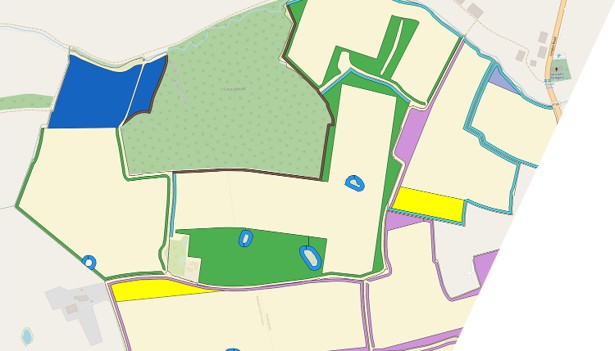
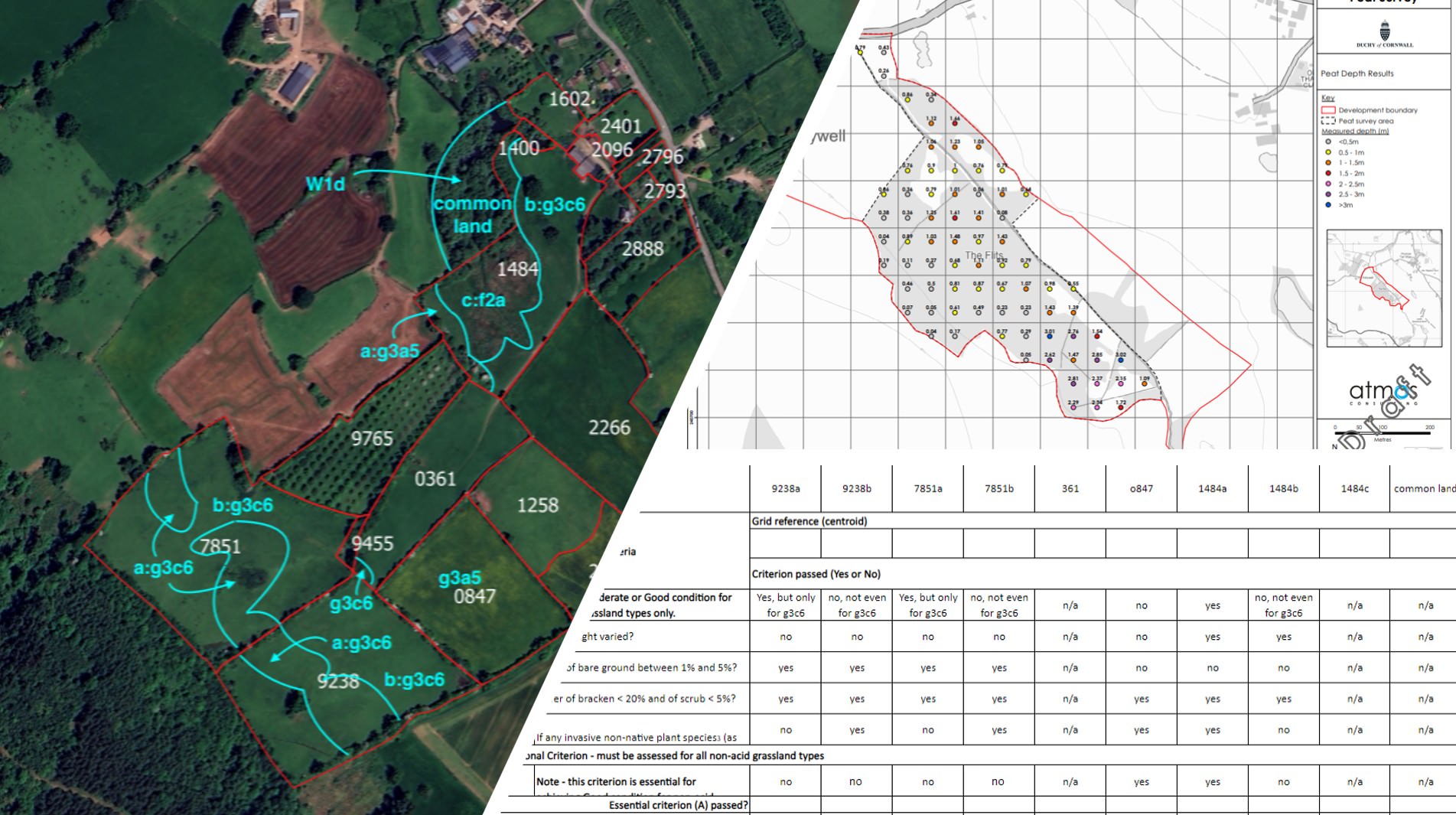
Evidence
Evidence will play a key role in evaluating the success of the project and a series of baseline surveys will be carried out to understand the current condition of the landscape.
Repeat monitoring will continue though the 20-year lifetime of the project, measuring the effectiveness and value of delivery.
